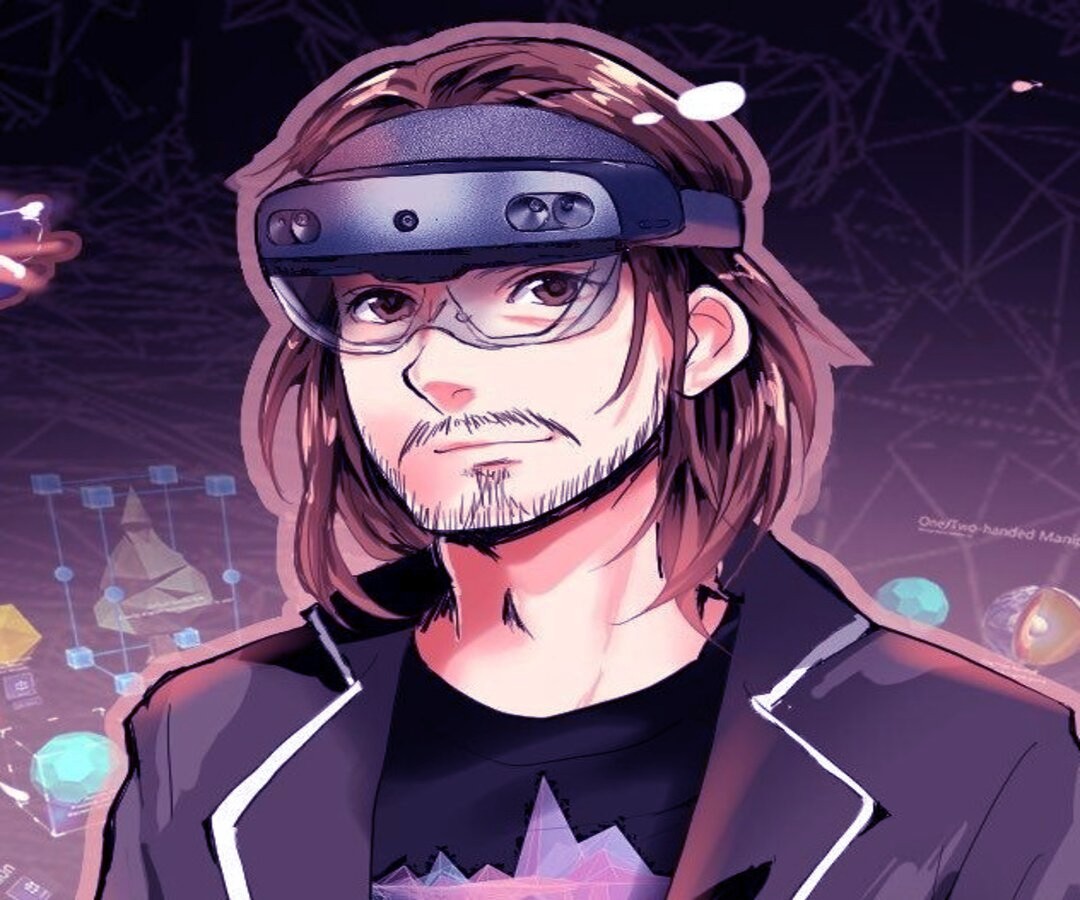
A technological advancement known as “augmented reality” (AR) superimposes computer-generated imagery over a user’s view of the physical world. This technology is helpful in several fields, including education, entertainment, healthcare, and tourism. For example, it can teach doctors how to operate complex medical equipment and perform surgeries. It also improves the tourist experience, allowing visitors to point their cameras at a landmark to see more information about it.
ARCore
Augmented reality (AR) is the process of overlaying digital objects on top of real-world objects. Often, this is done with the help of an app, which can be developed using various technologies. For example, the light estimation can make digital objects appear more realistic. ARCore provides a set of standard AR UI components that developers can insert into their applications. In addition, ARCore also includes the Cloud Anchors API, which enables developers to reach as many users as possible with their applications.
ARCore works by tracking objects as the user moves their phone. It uses motion tracking technology to recognize and follow features according to camera movements. This way, the app can remember the position of the objects it sees and overlay them in the real world. Because ARCore tracks objects in real-time, it can be used to create interactive experiences.
HoloLens
The HoloLens is an immersive virtual reality (VR) system. Its advanced technology and software capabilities make it a promising tool for many business applications. It has been designed to recognize human gestures and actions, Internet connectivity, various security systems, and spatial mapping. Its applications range from manufacturing to education to healthcare.
Its advanced 3D visuals are perfect for complex projects. For example, engineers can virtually recreate dangerous working environments or intricate designs before a project begins. The technology also can help with resolving troubleshooting issues before they arise.
Magic Leap
A head-mounted computer-generated display, known as Magic Leap One, has arrived on the market. The device allows users to superimpose 3D computer-generated imagery over real-world objects. Magic Leap, Inc. is a startup company in the United States that has developed the technology.
The company’s initial goal was to create a device to bring the virtual world to life. They imagined a headset to let users play with mechanical digital gremlins or explore a virtual solar system. The company raised $2.6 billion in funding over the next decade and opened an engineering office in Seattle. The office will shut down in 2020, but the company has made strides toward commercialization.
ARCit
Augmented reality, also known as AR, is a new method of sharing information and data. It combines real-time collaboration and digital communication to create a more accurate representation of a real-world setting. This method can also be used to improve documentation. For instance, AR can help engineers determine where things will be built. Despite the many potential benefits of AR, it is a relatively new technology that has just begun to gain traction in the construction industry.
It works by using machine learning algorithms to process data from real-world objects. The information is captured by an optical marker reader or QR reader and analyzed by an embedded application. For example, an interactive museum in Amsterdam uses this method. In this case, a virtual feature film depicting Anne Frank’s life story is projected over a real-world object.
ARCore on Android
There are currently 13 Android devices that support ARCore, including the Google Pixel, Samsung Galaxy S8+, LGE V30, and ASUS Zenfone AR. In addition, the OnePlus 5 is also a supported model. You can install ARCore on your Android device via Google Play if you don’t have any of these phones.
Google has aimed to make developing for ARCore as easy as possible. Unity, Unreal, or Java/OpenGL developers can easily create ARCore-compatible applications. Even those with limited 3D design experience can export ARCore objects using their favorite VR modeling tool, such as Tilt Brush. In addition, Google has released two experimental builds of Chromium that focus on ARCore. The Android build uses Apple’s ARKit, while the iOS version uses Google’s hardware.
Future of augmented reality
Augmented reality is an emerging technology that displays a live view of the natural world with 3D objects overlayed. These virtual objects are created with software that keeps track of walls and physical locations. Currently, there are two main frameworks for augmented reality: Google’s ARCore and Apple’s ARKit. In addition to smartphones, augmented reality is possible with wearable technology such as the Apple Watch and Google Glass. It is estimated that about 1 billion people own devices that can access these systems.
Adding AR technology to the shopping experience can be an excellent way for consumer brands to convey information to shoppers. For example, a shoe rack can show all shoes in a particular color and size without having a salesperson go to the stockroom. This feature enables shoppers to make a more informed decision about whether or not to buy a particular item.